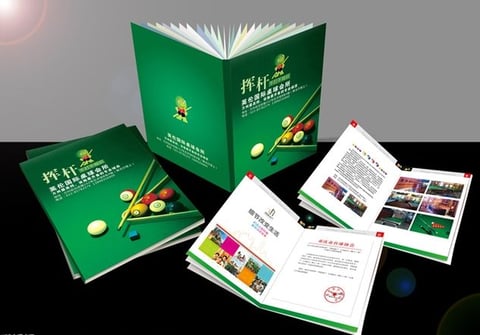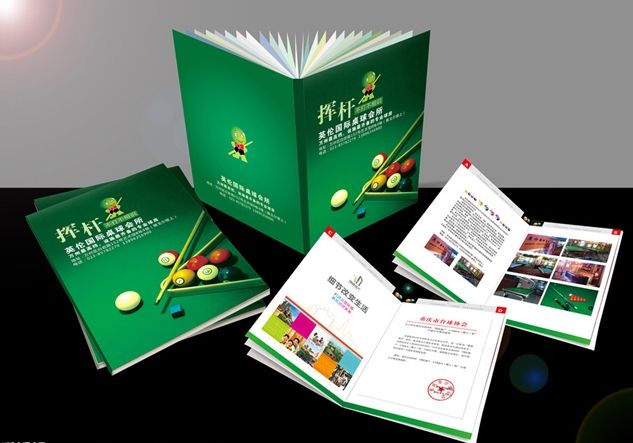
Commercial rotary printing machines print at high speeds and a large amount of waste and defective products will appear before normal ink color and registration are achieved. In order to improve work efficiency, produce qualified printed matter as early as possible, and reduce unnecessary waste of ink, paper, etc., pre-press production should use printing plate scanning to minimize the color difference between the printed matter and the design.
Plate scanning can reach 80% of the normal amount of ink required for printing. By adjusting the overall ink characteristic curve, genuine products can be quickly produced, which greatly improves work efficiency. It is especially important for those printing jobs without proofing. . The printing plate scanning work is more effective for short-run printing with proofing. It greatly shortens the time for commercial rotary machines to produce normal ink colors, saves a lot of paper, ink and other raw materials, and reduces costs for enterprises.
If there is a huge difference between the scanned curve and the normal ink consumption curve of the printed product during actual printing, the following aspects should generally be checked before printing:
First, check whether the width of the long red film on the trailing edge of the film is correct. Different models have different widths of red film. For example, the Heidelberg M-600 drum with a circumference of 598mm requires a red film width of 23mm, while the M-600 has a circumference of 578mm. The roller requirement is 23.1mm. The greater the difference from the actual required width, the greater the impact on the scanning results. Therefore, in actual operation, it is necessary to combine the model used and use the red film to dry out solid blocks of appropriate width.
Secondly, check whether the smoothness of the plate used is ideal. Sometimes the plate has dents and uneven surface, which will affect the scanning results. Generally, the flatness of domestic printing plates is slightly inferior to that of imported foreign printing plates. Reduce the impact of plate unevenness by adjusting the suction volume of the plate scanner. Generally, when scanning imported plates, the air suction level is selected to be level one, while when scanning domestic plates, you can choose level two or level three, depending on the flatness of the printing plate surface. After increasing the air suction volume, the printing plate is more evenly adsorbed on the scanning panel, which is helpful to accurately reflect the ink demand of the graphics and text on the printing plate. However, blindly increasing the suction volume may also inhale a large amount of dust, which will block the suction holes over time and affect the scanning quality.
In short, in terms of prepress production, we should gradually realize that prepress production is used to adapt to commercial web printing, but commercial web printing cannot be used to adapt to prepress production. The pre-press production of commercial web printing is complex, and it requires continuous exploration and summary in actual work in order to continuously improve the production level.
Huida Print-All Technology company is an advanced and professional manufacturer of producing printing plates, mainly sales CTP, CTCP, and PS plates as well as offering ODM/OEMs, especially for the offset. For more information, please click the official website link here: https://www.huidaoffsetplate.com/.

